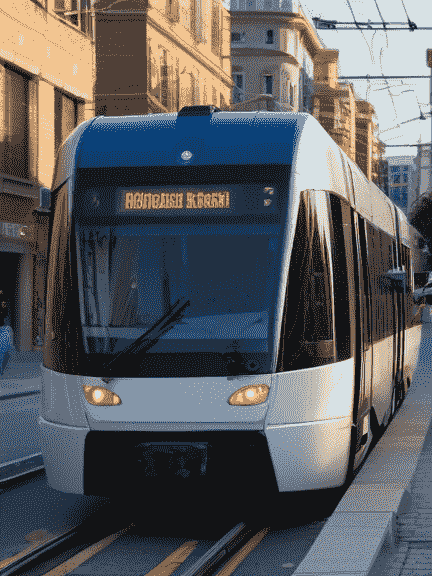Creating Sustainable Cities: Mitigating Environmental Degradation
In the current era of growing urbanization, the idea of sustainable cities has become more popular. Numerous problems are associated with urbanization, such as increasing pollution and the disappearance of green places. However, cities may prosper while reducing environmental impact by incorporating green infrastructure, public transit, and careful urban design. The field of digital design continuously evolves to satisfy the needs of its users, much as cities do. For online platforms to have the least possible digital footprint, sustainable web design components must be included, corresponding to eco-conscious urban development projects. Regarding digital sustainability, Vancouver web design sets the standard via creative methods of incorporating eco-friendly behaviors into the online environment.
Green Infrastructure: Enhancing Biodiversity and Ecosystem Services
Green infrastructure is the strategic use of natural elements within urban areas to provide environmental, social, and economic benefits. Cities can enhance biodiversity and ecosystem services by incorporating features such as green roofs, urban parks, and permeable pavements. These green spaces provide habitats for wildlife, improve air and water quality, while also mitigating the urban heat island effect.
Public Transportation: Lowering Greenhouse Gas Emissions

Efficient public transportation systems are essential for reducing greenhouse gas emissions and alleviating traffic congestion. Cities worldwide are investing in bus rapid transit (BRT), light rail transit (LRT), and cycling infrastructure to encourage sustainable modes of transportation.
By prioritizing public transit over private vehicles, cities can significantly decrease their carbon footprint and improve residents’ air quality.
Preservation of Green Spaces and Natural Habitats
Urban planning has a crucial role in shaping the sustainable development of cities. Planners can preserve green spaces and natural habitats amidst urban expansion by adopting principles such as mixed land use zoning and compact city design. Transit-oriented development (TOD) and innovative growth policies promote walkability and reduce the need for car-dependent lifestyles, further protecting the environment.
Challenges and Future Directions
Despite the benefits of sustainable urban development, there are still challenges that still need to be addressed when implementing these initiatives. Funding constraints, political barriers, and competing interests often hinder progress towards greener cities. However, with continued advocacy and collaboration among stakeholders, cities can overcome these challenges and have a more sustainable future. Harnessing technology for smarter, more efficient urban systems will be crucial in addressing emerging environmental and social issues.

